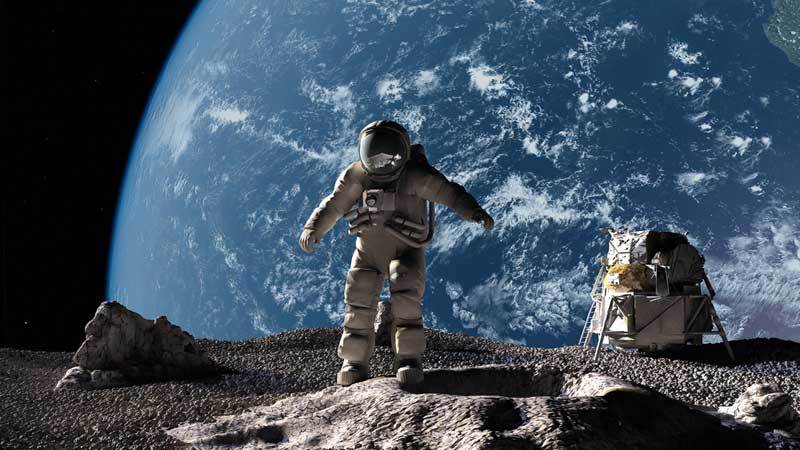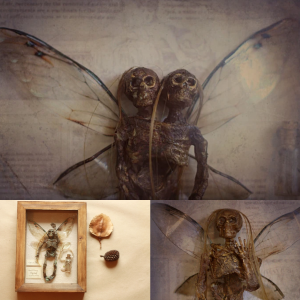
In 1976, two Soviet cosmonauts embarked on a mission to the Salyut 5 space station, the last dedicated military space station in the Soviet space program. The commander and flight engineer boarded the Soyuz 21, intending to complete a 66-day mission. However, after just 49 days, the mission ended abruptly when the cosmonauts reported a dangerous, noxious chemical smell aboard the space station. Ground control scrambled to get them back to Earth, and a replacement crew soon boarded the station with breathing equipment, fearing a fluid leak filling the rooms with toxic gas. After a thorough inspection, however, they found no odor, no gas, and no technical problems at all. Subsequent reports of psychological problems in the Soyuz crew led NASA to conclude that the odor was probably a hallucination brought on by the long hours of exhaustion and the harsh effects of the utterly alien environment of space on the human body.
The human body is an amazing machine, but it is not built for a life in outer space. In the last 6 million years, humans have evolved to thrive in Earth’s environments, from the frigid cold terrain near the poles to the sweltering regions along the equator. Nevertheless, we continue to seek worlds beyond our own, and NASA and other space agencies have plans to send astronauts farther than we’ve ever traveled before, well beyond Earth’s atmosphere and even the moon. Crewed missions to Mars, which are intended to take place in the 2030s, will involve long-duration flights and months or years-long stays on this far-off planet. This will have a profound effect on the human body, which has already shown a wide range of health issues during stays on the International Space Station.

The question remains: how will it be possible for the human body to endure months, years, or even entire lifetimes in the unnatural, inhospitable environment of outer space? Every moment of every day on Earth, an invisible force glues us to the surface of the planet. Our skeletons, muscles, and hearts pumping blood through our veins are all perfectly adapted to exist under the specific amount of downward force created by Earth’s gravity. However, as soon as our bodies leave our home planet, this all completely changes. In outer space, microgravity feels like total weightlessness, and on Mars, gravity is one-third of Earth’s. With less force acting on the human body, things start to get weird.

In the microgravity of space, astronauts’ bones are no longer being used to support their weight or movements, and they lose one to two percent of their bone mineral density each month. For a one-way trip to Mars, which will take about 9 months, this could amount to as much as 18% of calcium from their degrading bones flooding the bloodstream and even leading to kidney stones. On Earth, we also lose bone density during our lives, but under normal conditions, it’s replaced as fast as it’s lost. In space, that’s not the case. It’s largely due to the bones not having to support any weight. The drop in bone density is known as disuse osteoporosis and leaves bones weak and prone to fracture. If left unchecked, astronauts who’ve spent long periods in space may not even be able to walk when they return to Earth.

In our lives on Earth, gravity also pulls down our bodily fluids. Without it, astronauts’ blood and other fluids are pushed upwards towards the head, causing it to swell. This increased intracranial pressure can lead to vision problems. To try to correct these issues, astronauts can wear compression cuffs to keep their fluids in their lower extremities and use resistance treadmills to build back muscle and bone mass. But for longer missions, this might not be.





